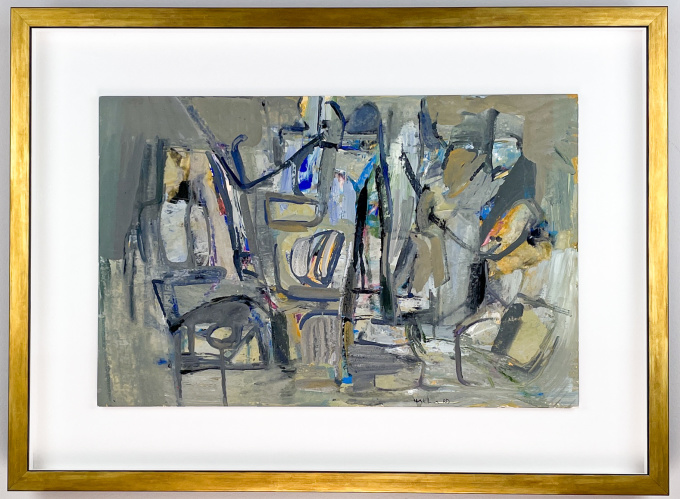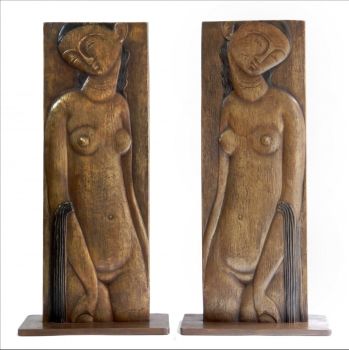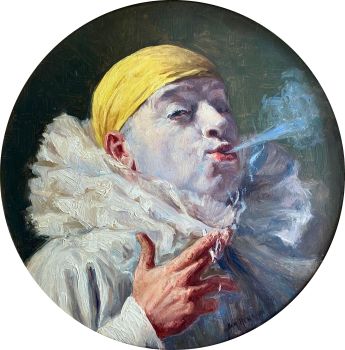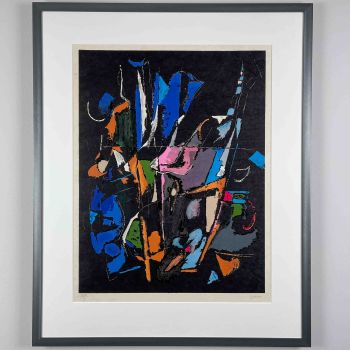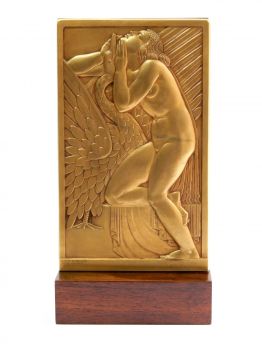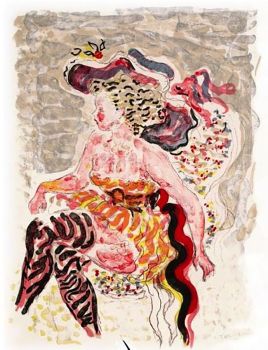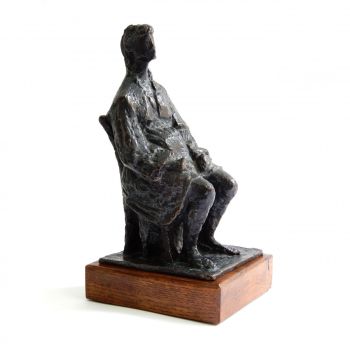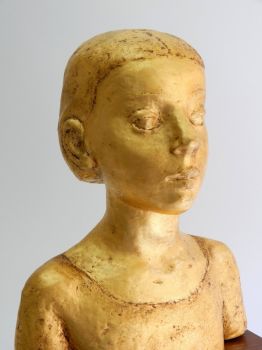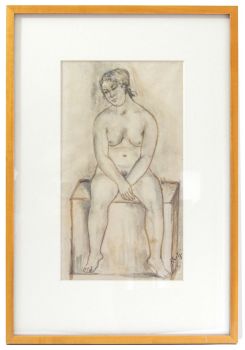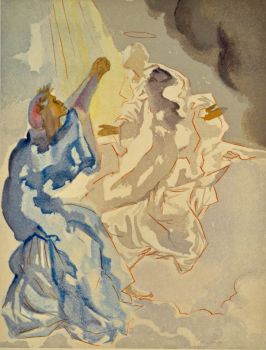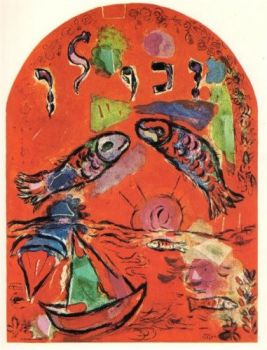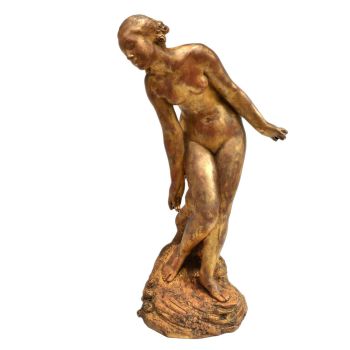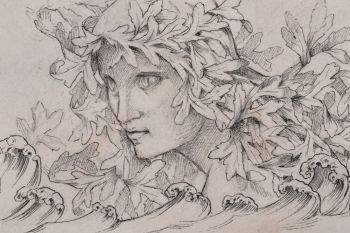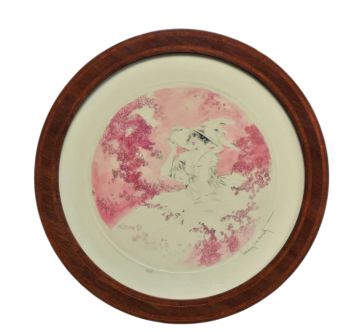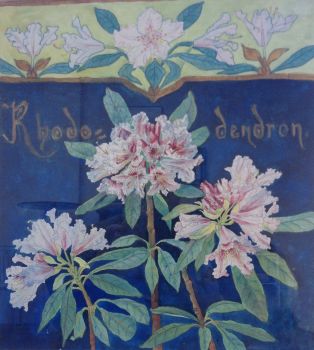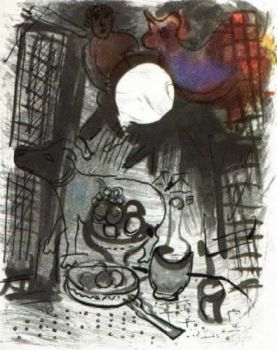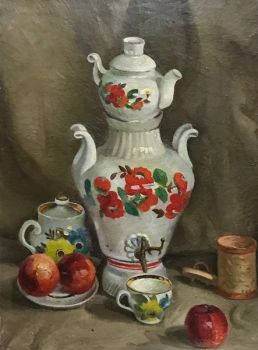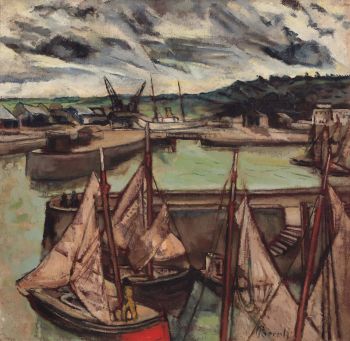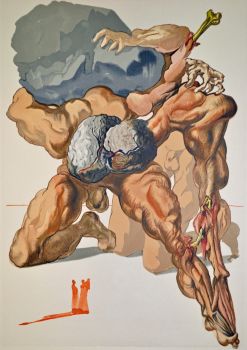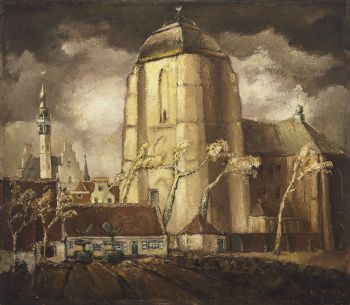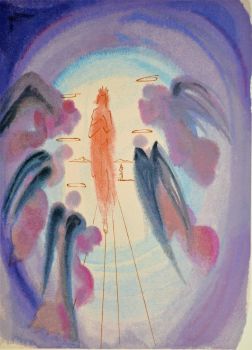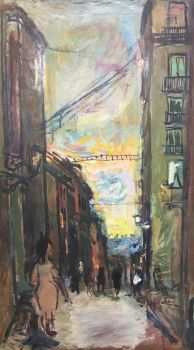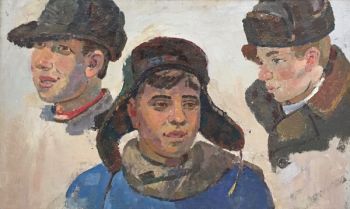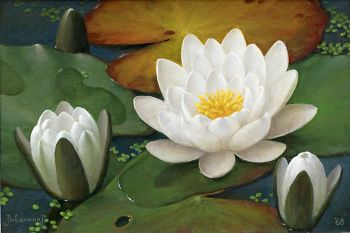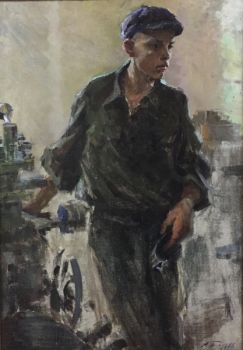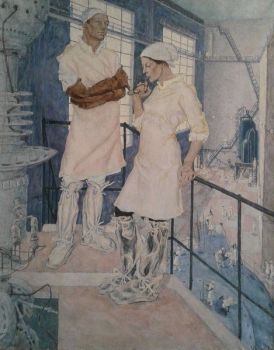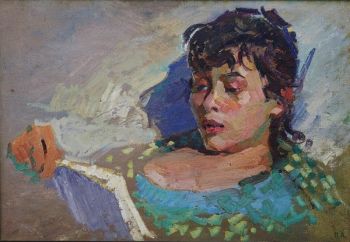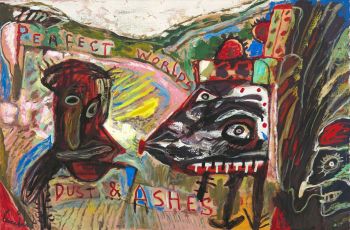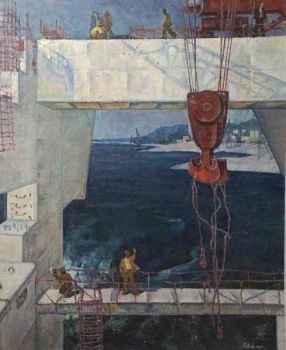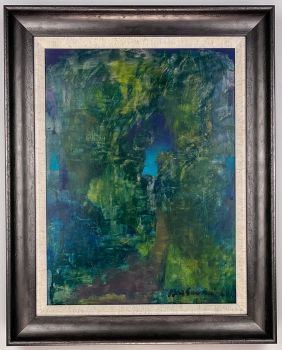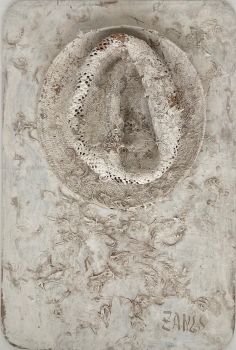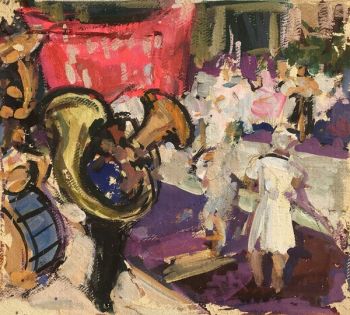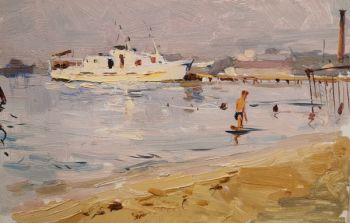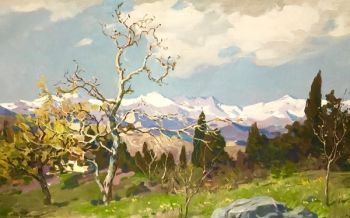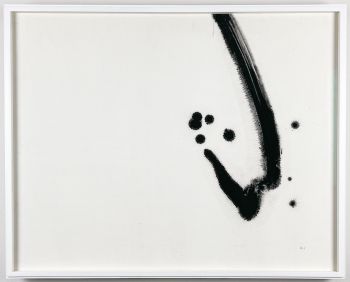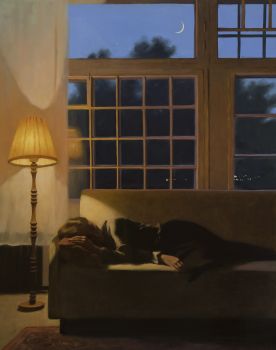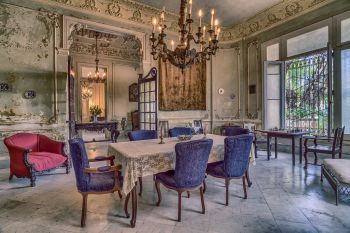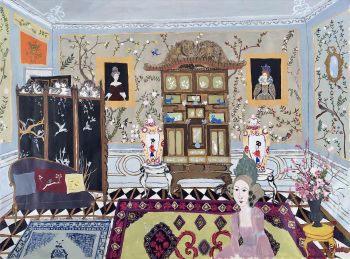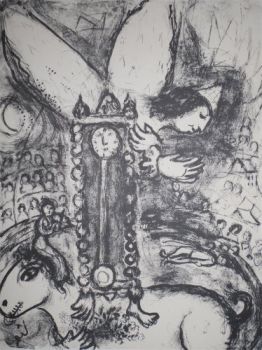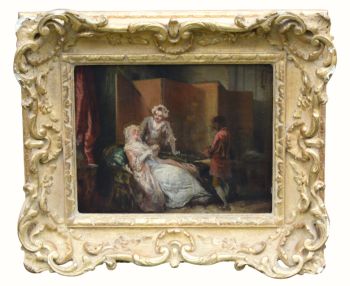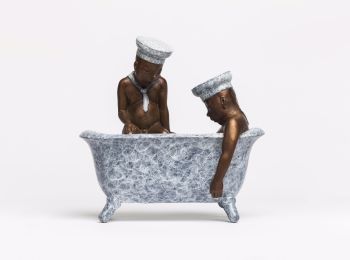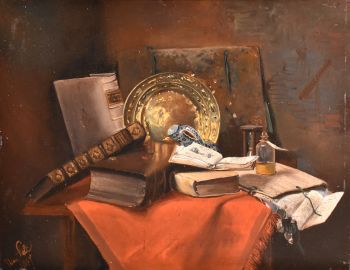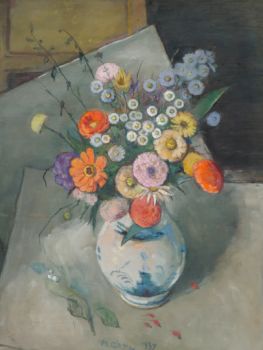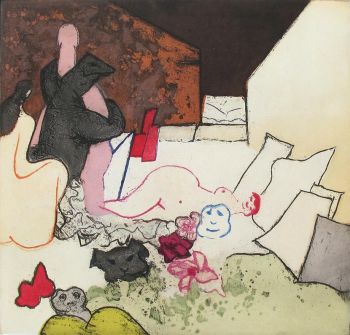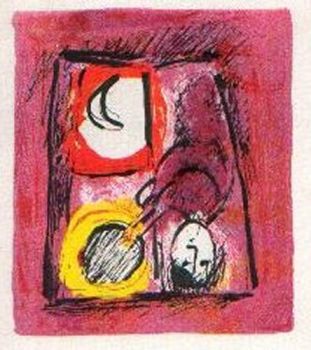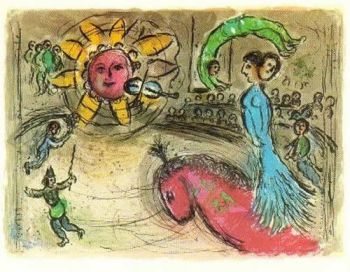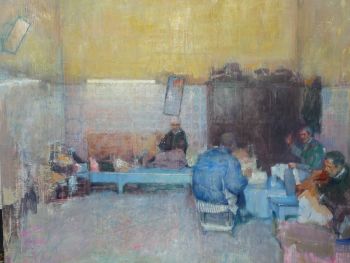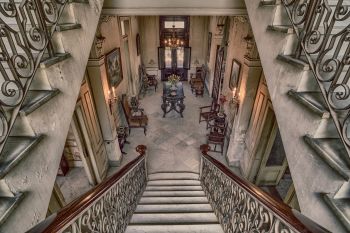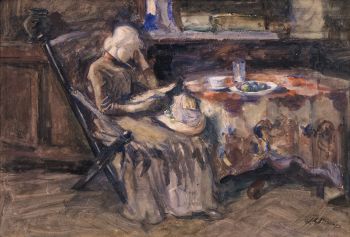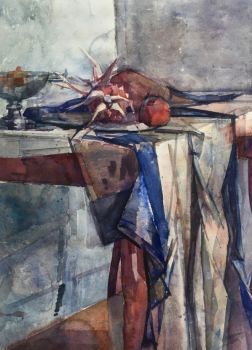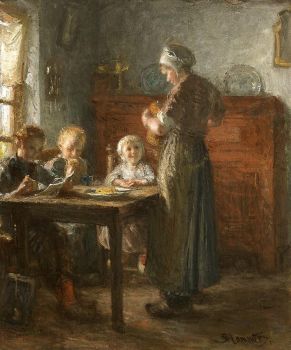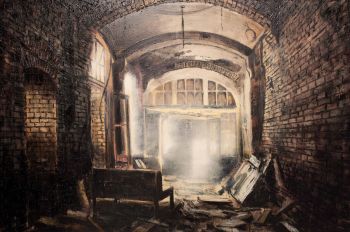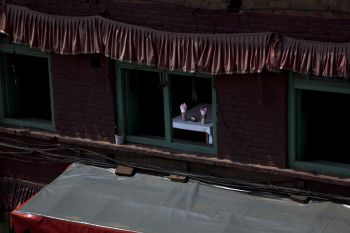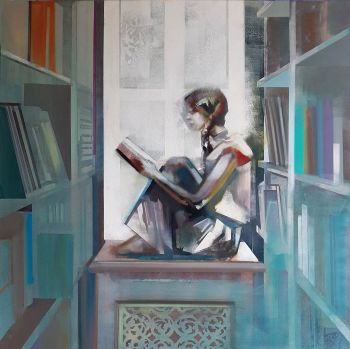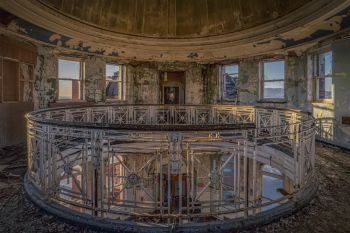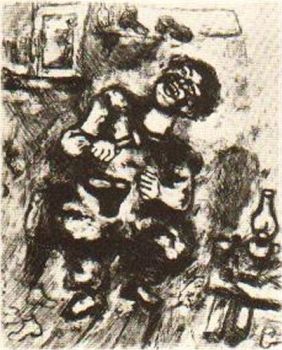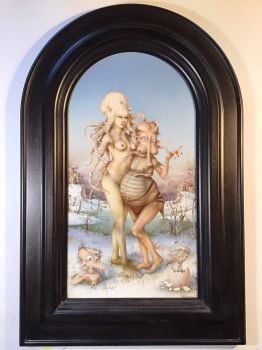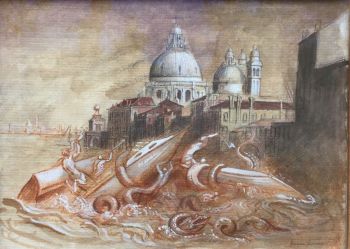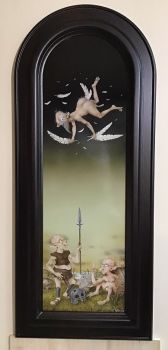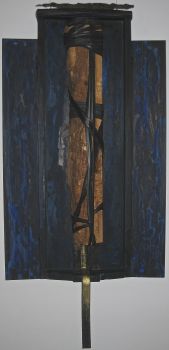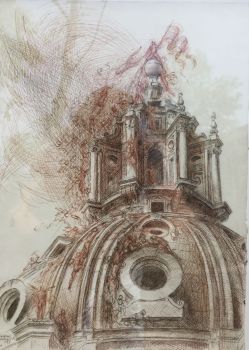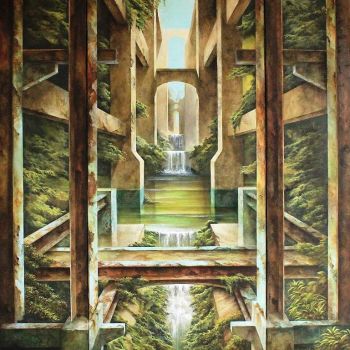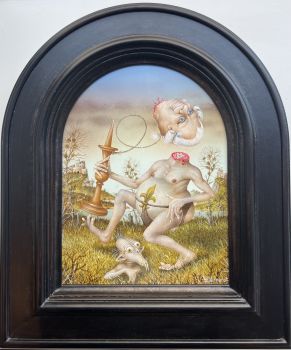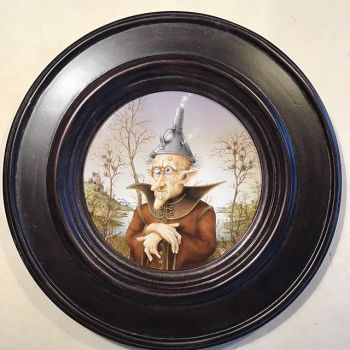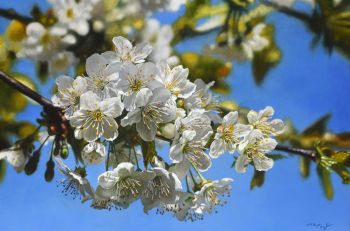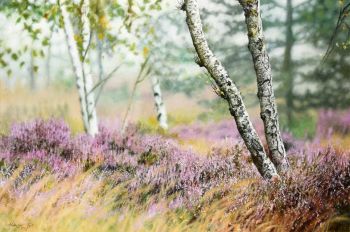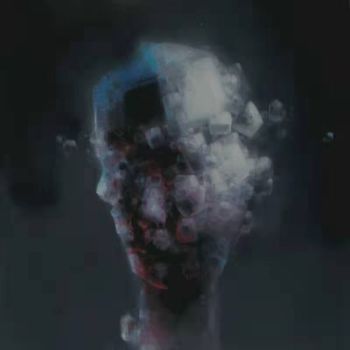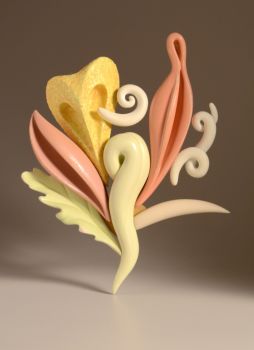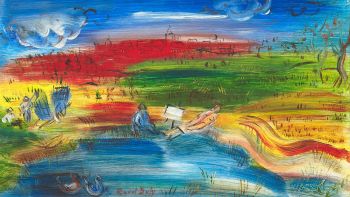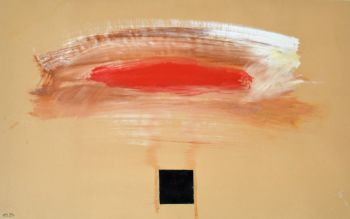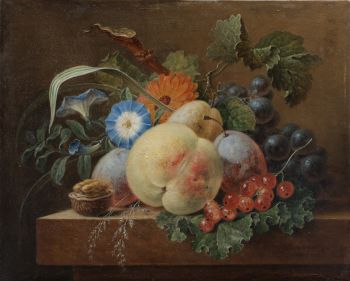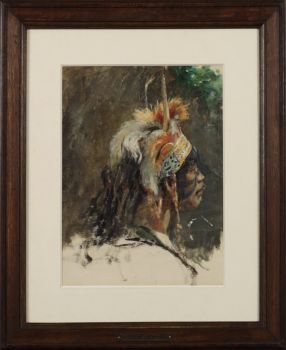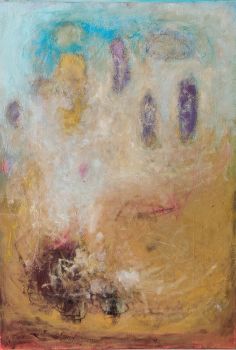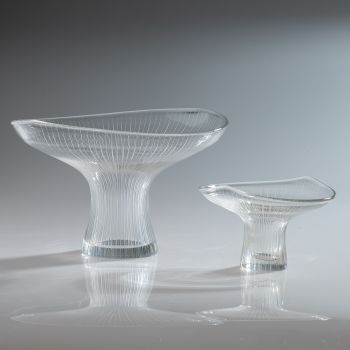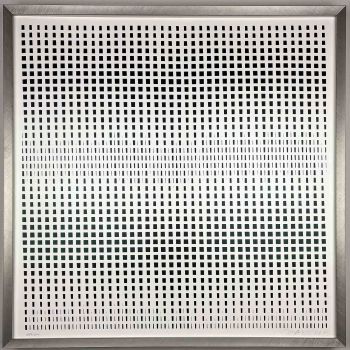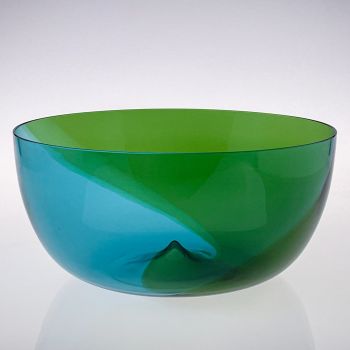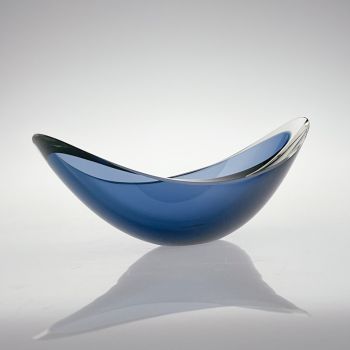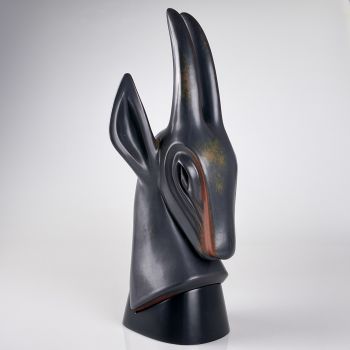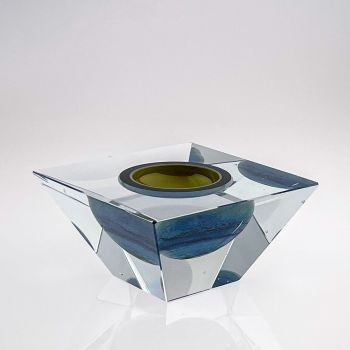“Interior”, circa 1955 – Tempera on cardboard 1950 - 1959
Louis Nallard
Pintura al templePintura
49 ⨯ 66 ⨯ 4 cm
ConditionVery good
€ 2.250
Van Kerkhoff Art
- Sobre la obra de arteOriginal artwork by French painter Louis Nallard. In this abstracted Interior the artist blends grey and earthtones with strokes of vibrant blues, orange and green. Signed by the artist, right bottom corner.
About the artist
Louis Nallard (Algiers 1918 – Paris 2016) was a French non-figurative painter of the Nouvelle École de Paris.
Born on June 17, 1918, in Algiers, French Algeria, had a life intertwined with art and creativity. Despite facing early hardships with the loss of his mother to the Spanish flu, Nallard found solace in his ancestral landscapes. Every summer, he returned to the Dombes region, his father’s birthplace, which became a wellspring of inspiration for his artistic endeavors.
At the tender age of sixteen, in 1934, Nallard unveiled his debut exhibition featuring portraits and landscapes, showcasing his skills in watercolors and gouaches. The exhibition took place at the gallery owned by Thomas Rouault, the nephew of the renowned painter.
In 1941, Nallard enrolled at the Beaux-arts in Algiers, where he encountered fellow artists such as Marcel Fiorini and Robert Lavergne. Lavergne later became his introducer at the prestigious Galerie Jeanne Bucher. During this time, Nallard also met Maria Manton, whom he married in 1944. Additionally, he formed a lasting friendship with the painter Georges Ladrey, who shared his fascination with the work of Pierre Bonnard.
In 1947, Louis Nallard and Maria Manton departed Algiers, accompanied by Fiorini, and relocated to the Paris region. This relocation marked a turning point as they discovered the artistry of Bissière and forged friendships with him and Chastel. From 1948 onwards, Nallard actively participated in group exhibitions at renowned venues such as the Salon des Réalités Nouvelles and the Salon de Mai. Moreover, he established significant connections with the Galerie Jeanne Bucher, which consistently exhibited his paintings from 1948 onwards.
Establishing themselves in the heart of Paris, Nallard and Maria Manton assumed management of the Hôtel du Vieux-Colombier near Saint-Germain-des-Prés in 1950. The hotel became a vibrant hub frequented by artists after their exhibitions. Noteworthy figures such as Serge Poliakoff, who earned a living playing the balalaika in Russian restaurants, Herman Braun-Vega, a recent arrival from Peru, Sidney Bechet, Robert Hossein, the sculptor César, and writers Jean Sénac and Kateb Yacine, occupied its premises. In 1950, Nallard’s talent was recognized when he received the prestigious Prix Fénéon. Three years later, Nallard and Maria Manton exhibited their works in Algiers alongside Jean Sénac, Baya, Bouqueton, and Jean de Maisonseul. Additionally, Robert Martin’s “Colline” gallery in Oran organized an exhibition that showcased Nallard’s paintings alongside those of Bouqueton. It was during this time that Albert Camus took notice of Nallard’s captivating artwork.
The Galerie Jeanne Bucher held its inaugural exhibition of Nallard’s works in 1957, marking the beginning of a longstanding partnership. The following year, Nallard was among the “Sixteen painters of the young Paris school” featured in the Musée de Poche collection, with a preface by Hubert Juin. Throughout the 1950s, Nallard and Maria Manton fostered connections with Algerian painters, including Guermaz, Issiakhem, and Khadda, and developed a special bond with Benanteur and Aksouh. In 1963, Nallard participated in the “Algerian Painters” exhibition organized in Algiers. The following year, his artwork was showcased at the Musée des Arts Décoratifs in Paris.
In the 1960s, Nallard and Maria Manton embarked on a new venture, running “La Galerie” where they provided a platform for young painters. They also played an instrumental role in the Salon des Réalités Nouvelles, with Maria Manton serving as the general secretary from 1961 to 1995 and Louis Nallard assuming positions as vice-president and later honorary president. As Nallard’s exhibitions continued to captivate audiences both in France and abroad, he joined the École des Beaux-Arts in 1975 as a teacher, a role he held until 1983. Today, Nallard’s remarkable artistic legacy is represented in numerous prestigious museums worldwide, including those in Paris, Grenoble, Algiers, Amsterdam, Budapest, Montreal, Oslo, and Turin.
Signed
Signed front, right lower corner: Nallard
Condition
Good original condition, professionally framed
Provenance
Galerie Blanche, Stockholm
Dimensions
Artwork
Height 31,5 cm
Width 49 cm
Frame
Height 49,5 cm
Width 66,8 cm
Depth 4 cm - Sobre el artista
En 1934, a la tierna edad de 16 años, Louis Nallard dio a conocer sus creaciones artísticas al público por primera vez en la Galería/Librería Thomas Rouault. Esto marcó el inicio de un viaje prometedor en el mundo del arte.
Durante su época de estudiante en la Escuela de Bellas Artes de Argel en 1940, el destino lo llevó a encontrarse con figuras notables como Fiorini, Bouqueton, Maria Manton y Bernard Lavergne. No sabía que estos encuentros fortuitos jugarían un papel fundamental en la configuración de su destino artístico. No fue hasta 1949 que estas conexiones lo llevarían hasta el influyente Jean-François Jaeger.
Louis Nallard ya había llamado la atención de Max-Pol Fouchet durante una exposición en Argel en 1941, presagiando el reconocimiento y la aclamación que seguiría. En 1947, Nallard tomó la decisión que cambió su vida: dejar atrás Argelia y trasladarse al bullicioso centro artístico de París. Este movimiento fundamental marcó un punto de inflexión en su evolución artística.
Su estilo artístico sufrió una transformación a medida que se adaptaba a la vibrante escena artística parisina. Una nueva seriedad impregnó su paleta y sus formas adquirieron una calidad más fragmentada y abstracta. Este cambio significativo no pasó desapercibido y, a su debido tiempo, recibió el prestigioso premio "La Bataille" en la estimada Galería Drouant-David.
El año 1947 también marcó otro momento crucial en el viaje de Nallard cuando encontró las influyentes obras de Bissière en la Galería Drouin. Este encuentro con la obra de Bissière dejó una huella indeleble en el desarrollo artístico de Nallard.
Poco después de su llegada a París, Louis Nallard se cruzó con el ilustrado mentor Roger Chastel. Chastel, ganador del Gran Premio Nacional de las Artes en 1932 y profesor de la prestigiosa Ecole Nationale Supérieure des Beaux-Arts de París, se convirtió en una influencia guía en el viaje artístico de Nallard. Bajo la tutela de Chastel, el arte de Nallard continuó floreciendo y evolucionando, solidificando su lugar en los anales de la historia del arte.
¿Está interesado en comprar esta obra de arte?
Artwork details
Related artworks
- 1 - 4 / 24
- 1 - 4 / 24
- 1 - 4 / 24
- 1 - 4 / 24
- 1 - 4 / 12

